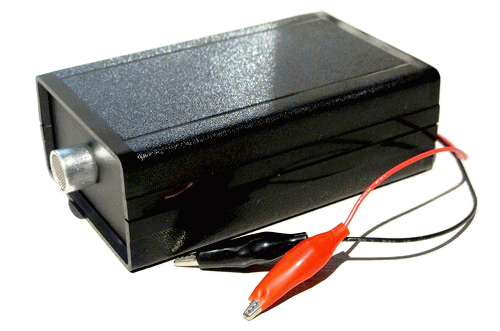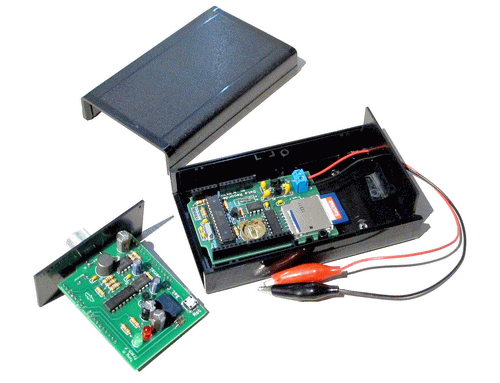My last bat activity logger became obsolete when the commercially available data recorder it used was discontinued ... after only a couple of years in production. Over 50 of those loggers had been built and deployed, and many seemed to feel they were useful devices. A lot of effort went into keeping the cost that logger down, and yet it still cost $300 to produce. So now the challenge was to see what would be the next generation of bat logger to evolve.
Frank and I had been experimenting with the Arduino platform, and it's potential to be used for logging bat call data and bat activity. We developed the ArduBat, which has been in use for over a year now, and have found it quite capable in terms of collecting bat call information. While the ArduBat is excellent for experimenting with the Arduino, we needed to reduce power consumption, and costs, to make a truly viable bat call data logging system for widespread use. And this time, we would design and construct all the components ourselves ... we didn't want another design to go extinct if the market changed a little again.
There is an optional enclosure for the BCDR, but it is also available as a bare boards assembly. I have found that many times researchers prefer to package their own equipment according to how they anticipate deploying it. They may want buried boxes, pole mounted NEMA cases, or just plastic boxes. The system is easily mounted to anything with industrial strength velcro ... just as it is shown mounted to a battery at the left.
The best thing about the simple design is that the total cost for the parts is less than $100 !! So the cost of a bat activity logger drops by two-thirds over the last design !!

